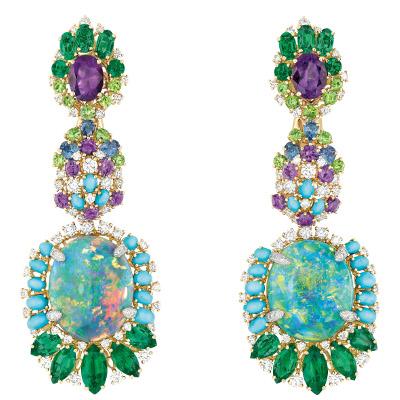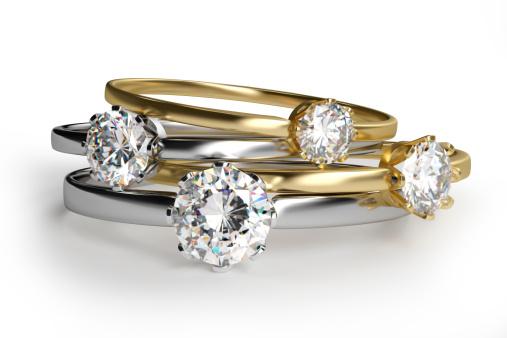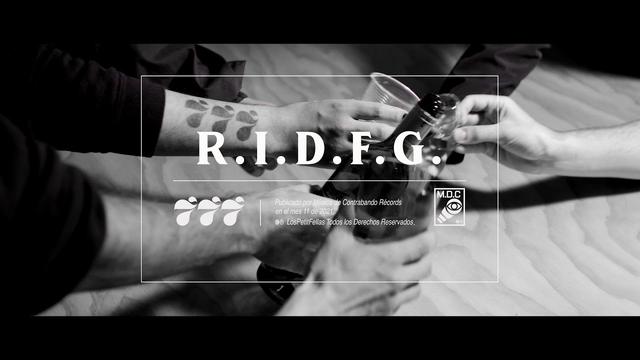Today I want to start a series of posts dedicated to telling you where some of the superstitions that weigh on certain jewels come from or some widespread knowledge that is not entirely true either and, nevertheless, is often assumed to be true. For example, the widespread statement:
Opal is bad luck.
Bouquet d'Opales de Dior earrings
I have heard this comment since I was little in Spain and I have never understood what exactly it refers to since, curiously, in other Asian countries or in the United States it is the opposite: it is associated with good luck. When I was a child, the appearance of this stone seemed magical to me, with its sparkles and color changes!! Therefore, I want to banish this belief!
Opal is an admired and sought after stone since Greek and Roman times. All cultures have been fascinated by it and have been granted powers of protection and even prediction of the future.
Ladybird de Cartier ring
There is a story that even Mark Antony himself sent one of his ministers into exile for not wanting to sell him an opal the size of an almond that he wanted to give to Cleopatra as a sign of love.

Up to this point the fame of the opal was magnificent, but this changed due to a series of events beginning in the 15th century with an epidemic of plague in Venice and culminating in the publication of a book by Walter Scott on the misfortunes experienced by Princess Anne of Geirstein, bearer of an evil stone... an opal. Her misfortune was such that the English government itself had to intervene due to the fall suffered by the trade in these gems, it plummeted! totally!
@josie15630098 @SheriffClarke How to Anonymously Report Employers Hiring Undocumented Immigrants… https://t.co/J2Uuz20yqz
— Charles Brister Wed Aug 08 16:22:13 +0000 2018
Opale d'Orient de Dior ring
As far as Spain is concerned, the matter was even more dramatic. Legend has it that King Alfonso XII fell in love with the Italian Virginia Doini, Countess of Castiglione, but in the end he ended up marrying her cousin, María Mercedes de Orleans. The spiteful countess sent him an opal, baptized with the nickname "the cursed opal", mounted on a gold ring, as a betrothal gift. Queen María de las Mercedes used it and died of a mysterious illness, just five months after the wedding!!
Boucheron ring
Rumor spread that this opal was the cause of the fatalities that occurred: after the queen's death, the king's mother, María Cristina de Borbón, and the king's sister also died. king, María Pilar, both from the same mysterious illness as the queen and both, bearers of the ring on her deathbed. But the story continues, the ring passes to her sister-in-law who did not believe in superstitions and, of course, she also dies shortly thereafter until it is finally kept by King Alfonso XII who, as you know, dies young wearing this jewel.
His widow and regent, mother of Alfonso XIII, María Cristina de Habsburgo, was the one who put an end to this supposed curse: she had the opal blessed and sent it to the sanctuary of the Virgin of La Almudena mounted on a gold chain .
I hope that knowing the history of why in Spain we went through a time of authentic rejection of opal has pleased you as much as I did and above all, I would love to contribute to return this magnificent gem to the place it deserves.
For my part, I want to tell you that I think bad luck is brought by oneself when one believes in it. For this reason, I do not think that any jewel given from affection can ever bring you anything negative, quite the opposite. We have to charge ourselves with positivity and always look for the good in everything that happens to us!!!




